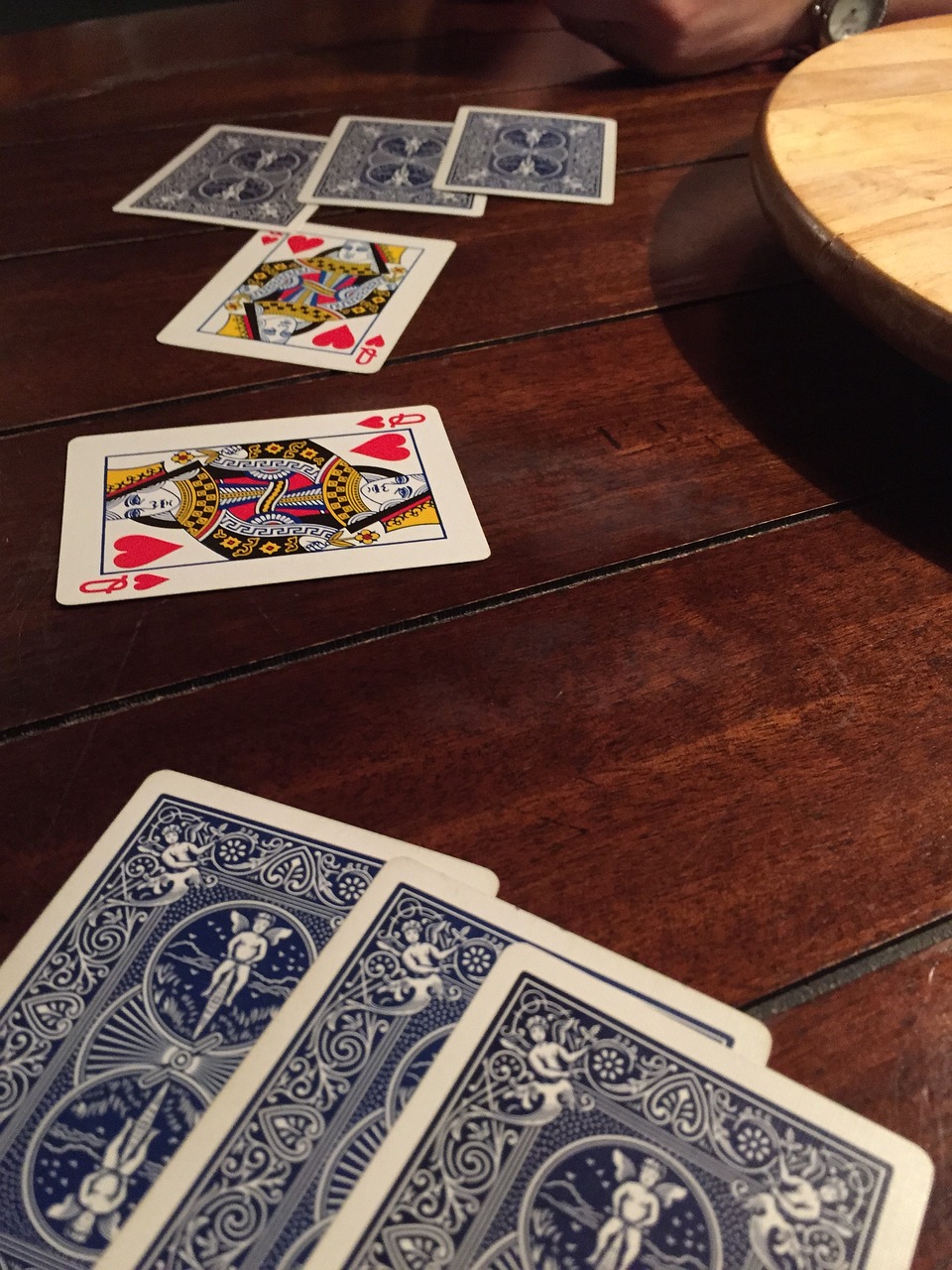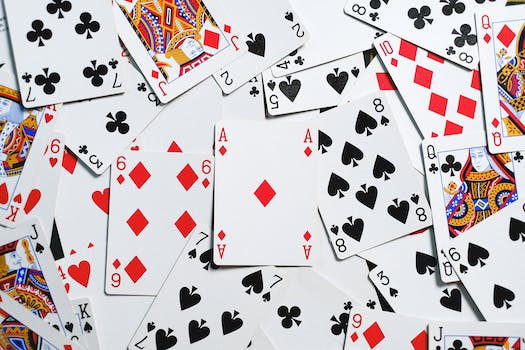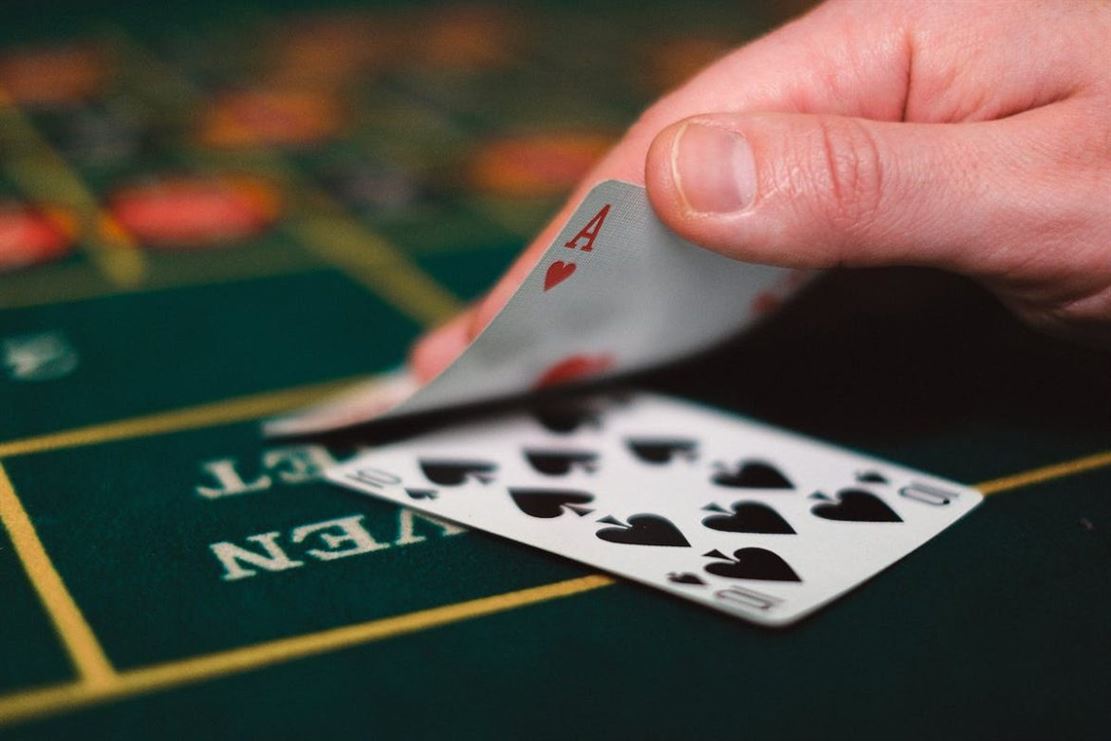
Women have been playing poker for centuries, but it wasn’t until the 1970s that they began to make a significant impact on the game. Since then, women have achieved great success in the world of poker, both in live tournaments and online. Despite facing challenges and discrimination, female players have proven themselves to be skilled and competitive, with many earning millions of dollars in prize money and becoming household names in the poker world. In this article, we will explore the history of women in poker and some of their most notable achievements.
Breaking Barriers: The Rise of Women in Poker

Poker has long been considered a male-dominated game, but women have been breaking barriers and making their mark in the world of poker for decades. From the early pioneers to the current trailblazers, women have been proving that they have what it takes to compete at the highest levels of the game.
One of the earliest women to make a name for herself in poker was Barbara Enright. Enright began playing poker in the 1970s and quickly became a force to be reckoned with. In 1995, she became the first woman to make it to the final table of the World Series of Poker Main Event. Enright’s success paved the way for other women to follow in her footsteps.
Another woman who made history in poker is Vanessa Selbst. Selbst is widely considered one of the best poker players of all time, male or female. She has won three World Series of Poker bracelets and has over $11 million in career earnings. Selbst has also been a vocal advocate for gender equality in poker, using her platform to speak out against sexism and discrimination in the game.
In recent years, more and more women have been making their mark in poker. Maria Ho is one of the most successful female players in the game today. She has over $4 million in career earnings and has made several deep runs in major tournaments. Ho is also a popular commentator and analyst, providing expert analysis on televised poker events.
Liv Boeree is another woman who has been making waves in the poker world. Boeree has over $3 million in career earnings and has won a World Series of Poker bracelet. She is also a science communicator and has given several TED talks on the intersection of science and poker.
Despite the success of these women and many others, there is still a long way to go in terms of gender equality in poker. Women are still vastly underrepresented in the game, and many face discrimination and harassment from their male counterparts. However, the rise of women in poker is a positive sign that things are changing.
One organization that is working to promote gender equality in poker is the Women’s Poker Association (WPA). The WPA was founded in 2018 with the goal of providing a platform for women in poker to connect, network, and support each other. The organization hosts events and tournaments specifically for women, as well as providing resources and support for female players.
Another organization that is working to promote gender equality in poker is Poker Powher. Poker Powher is a training program designed specifically for women who want to improve their poker skills. The program is led by professional poker player Jamie Kerstetter and includes online courses, live training sessions, and coaching.
Women have been breaking barriers and making their mark in the world of poker for decades. From the early pioneers to the current trailblazers, women have been proving that they have what it takes to compete at the highest levels of the game. While there is still a long way to go in terms of gender equality in poker, the rise of women in the game is a positive sign that things are changing. With organizations like the Women’s Poker Association and Poker Powher working to promote gender equality, the future of women in poker looks bright.
The Evolution of Women’s Poker Tournaments
Poker has always been a male-dominated game, but women have been making strides in the industry for decades. In the early days of poker, women were not allowed to play in public games, and if they did, they were often ridiculed and harassed. However, as the game evolved, so did the attitudes towards women in poker.
In the 1970s, the World Series of Poker (WSOP) began to allow women to participate in their events. However, it wasn’t until 1977 that the first women’s-only WSOP tournament was held. It was won by Jackie McDaniels and gave a $5,580 prize, one of the smallest in WSOP history.
In the 1990s, the popularity of women’s-only tournaments began to decline. Many women felt that they were being segregated from the rest of the poker community and wanted to compete in open events. However, the decline of women’s-only tournaments did not mean the end of women’s involvement in poker.
In recent years, women have been making their mark in open events. Vanessa Selbst, a three-time WSOP bracelet winner, is one of the most successful poker players of all time, male or female. Jennifer Harman, Kathy Liebert, and Annie Duke are just a few of the other women who have made a name for themselves in the poker world.
Despite the success of these women, there is still a gender gap in poker. Women make up only a small percentage of professional poker players, and they often face discrimination and harassment in the industry. However, there are organizations and individuals working to change this.
The Women in Poker Hall of Fame was created in 2008 to honor women who have made significant contributions to the poker industry. The organization also works to promote women’s involvement in poker and to create a more welcoming environment for women in the industry.
In addition to the Women in Poker Hall of Fame, there are also organizations like Poker Powher that are working to empower women in poker. Poker Powher offers courses and coaching to help women improve their poker skills and gain confidence at the table.
The evolution of women’s poker tournaments has been a reflection of the changing attitudes towards women in the industry. While women’s-only tournaments may no longer be as popular as they once were, they played an important role in providing a safe and welcoming environment for women to play poker. Today, women are making their mark in open events and working to create a more inclusive and diverse poker community.
Pioneering Women in Poker: Trailblazers and Legends

Poker has long been considered a male-dominated game, but women have been making their mark in the industry for decades. From trailblazers to legends, women have been breaking barriers and achieving great success in the world of poker.
One of the earliest pioneers of women in poker was Barbara Enright. In 1995, she became the first woman to reach the final table of the World Series of Poker Main Event. Enright went on to win three WSOP bracelets and was inducted into the Poker Hall of Fame in 2007. Her success paved the way for other women to enter the game and compete at the highest level.
Another trailblazer in the world of poker is Linda Johnson. Known as the “First Lady of Poker,” Johnson has been a prominent figure in the industry for over 30 years. She was one of the founding members of the Tournament Directors Association and has won a WSOP bracelet. Johnson has also been instrumental in promoting women in poker and has helped to create opportunities for female players.
Jennifer Harman is another legendary figure in the world of poker. She has won two WSOP bracelets and is considered one of the best cash game players in the world. Harman has also been a vocal advocate for women in poker and has worked to create more opportunities for female players.
Vanessa Selbst is one of the most successful female poker players of all time. She has won three WSOP bracelets and has over $11 million in career earnings. Selbst has also been a trailblazer for the LGBTQ+ community in poker and has used her platform to advocate for social justice issues.
Liv Boeree is another prominent female player who has achieved great success in the industry. She has won a WSOP bracelet and has over $3 million in career earnings. Boeree is also a science communicator and has used her platform to promote rational thinking and evidence-based decision making.
These women, along with many others, have paved the way for future generations of female poker players. They have shown that women can compete at the highest level and achieve great success in the industry
Women have been making their mark in the world of poker for decades. From trailblazers to legends, these women have achieved great success and paved the way for future generations of female players. While there are still challenges to be addressed, the industry is moving towards a more inclusive and diverse future. By recognizing the achievements of women in poker and promoting diversity and inclusivity, we can create a better future for all players.
Women in Poker Today: Challenges and Opportunities
In the early days of poker, women were not allowed to play in public games. They were relegated to playing in private games or at home with friends and family. However, some women were able to break through this barrier and play in public games. One of the first women to do so was Barbara Enright, who became the first woman to win an open event at the World Series of Poker (WSOP) in 1996.
Since then, women have continued to make strides in the poker world. Vanessa Selbst, for example, is one of the most successful female poker players of all time. She has won three WSOP bracelets and has over $11 million in career earnings. Other notable female players include Liv Boeree, Maria Ho, and Kristen Bicknell.
Despite these achievements, women still face challenges in the poker world. One of the biggest challenges is the lack of representation. Women make up a small percentage of the poker player population, and this is reflected in the number of women who play in major tournaments. This lack of representation can make it difficult for women to feel welcome in the poker community.
Another challenge that women face is the gender bias that exists in the industry. Women are often underestimated and undervalued in poker, and this can lead to them being treated unfairly. For example, women may be subject to sexist comments or harassment at the table, which can make it difficult for them to focus on the game.
Despite these challenges, there are also opportunities for women in the poker world. One of the biggest opportunities is the chance to inspire other women to play the game. By showing that women can be successful in poker, female players can encourage other women to take up the game and break down the barriers that exist.
Another opportunity for women in poker is the chance to make a difference in the industry. Women can use their voices to advocate for change and push for greater representation and equality in the game. By working together, women can create a more inclusive and welcoming poker community for everyone.
In conclusion, women have made significant strides in the world of poker, overcoming gender barriers and stereotypes to become successful players, tournament organizers, and industry leaders. While there is still work to be done to achieve true gender equality in the game, the accomplishments of female poker players serve as an inspiration to future generations of women in the sport.
 Skip to content
Skip to content





